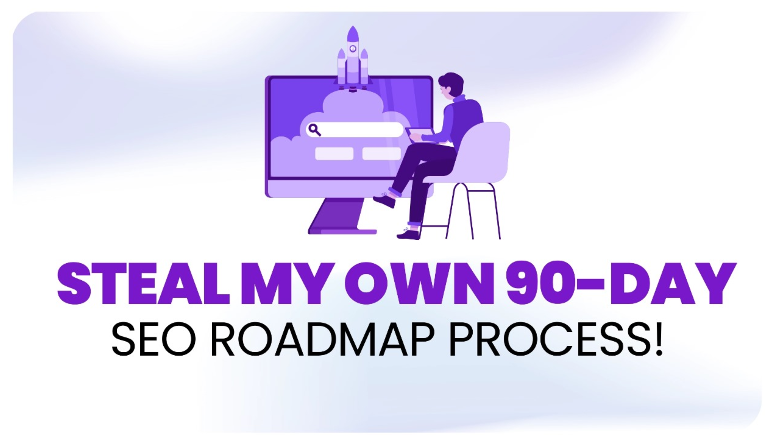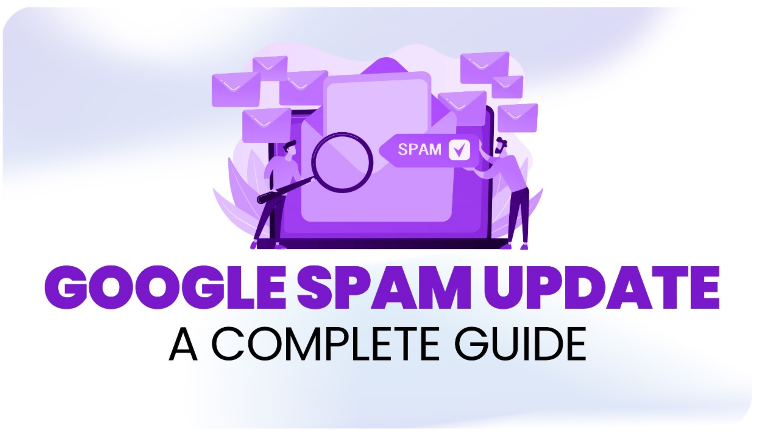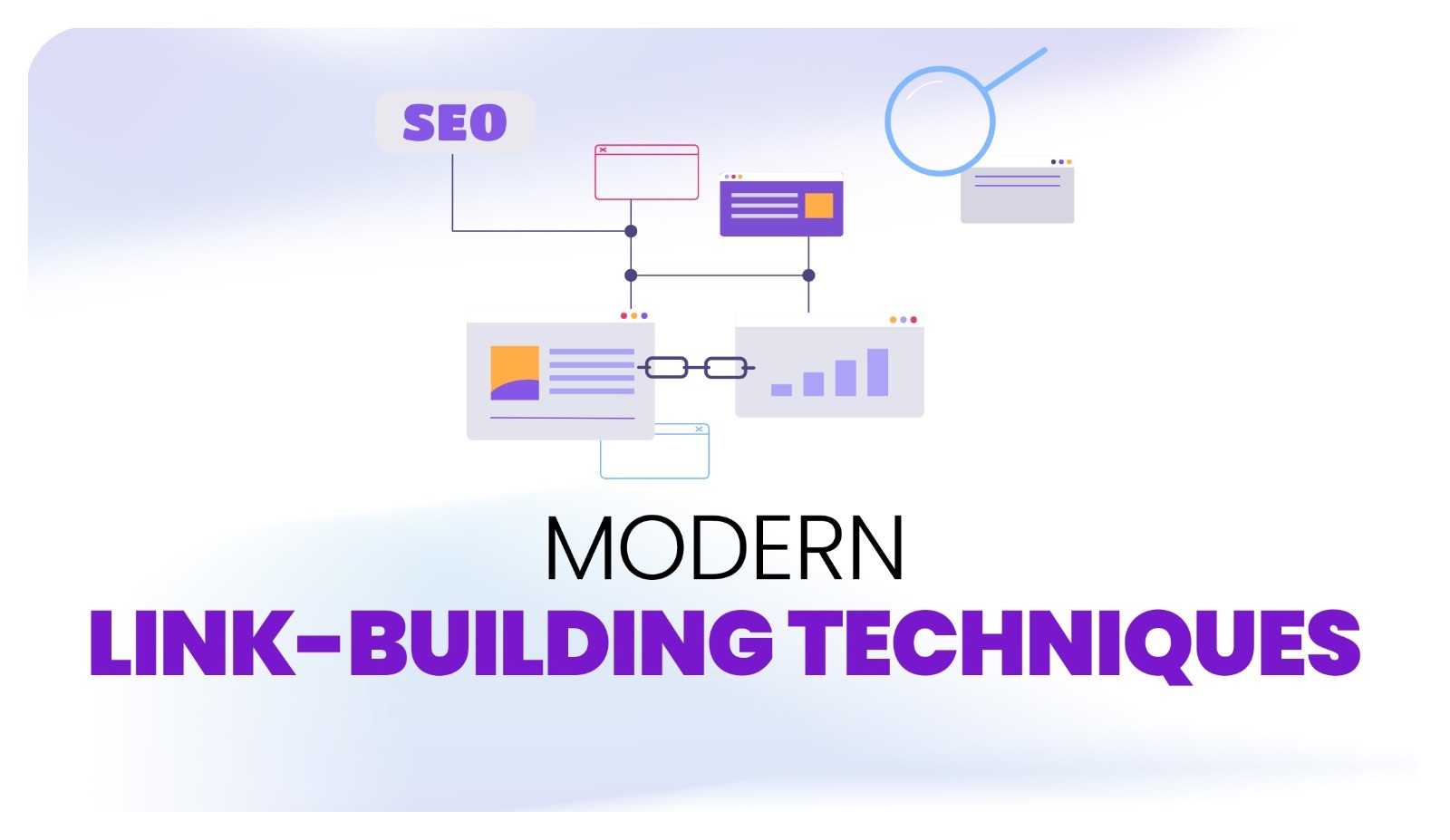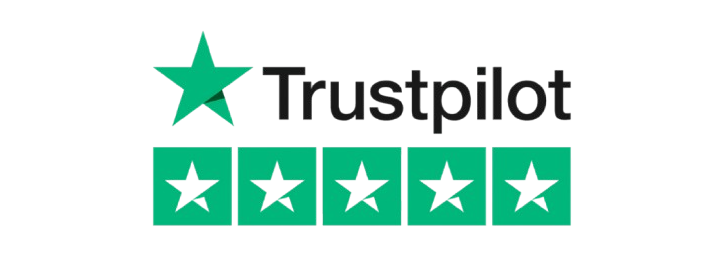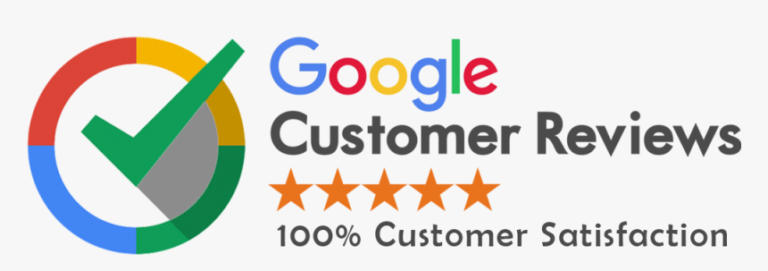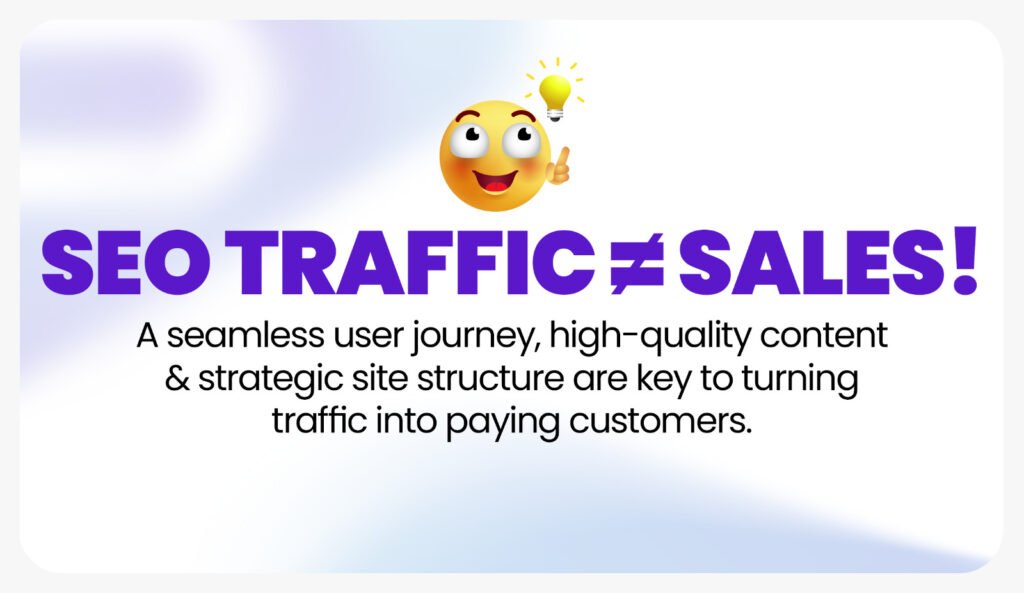
Increased SEO traffic is considered as a success factor for online businesses. After all, more visits to your website should equate to more sales, should it not? Not necessarily. Sure, SEO helps to get your site on top of the search engine rankings and attract natural traffic to your site, but if you fail at the attempt to turn this traffic into your clients, this is a different story. One thing which is easily assumed by most businesses is that an increase in traffic invariably leads to increase in sales, but it is not always the case.
Below is a checklist to help close the gap between SEO traffic and actual sales.
Define Your Target Keywords
Keyword research is a crucial step in achieving an SEO goal but it is not just about targeting popular phrases. The first step is to search for the specific keywords that should best describe your product or service. Sometimes, companies are bent on advertising their sites with certain keywords that people with an intention of visiting the site will search for, though they are not the right clientele.
Research Your ICP and Identify Pain Points
It is always important to understand the needs and wants of the audience in order to be sure that you are investing in SEO correctly for it to bring in sales. But knowing your ICP helps to better position your SEO and meet the needs and solve the problems faced by your targeted clientele.
Align Keywords with Search Intent
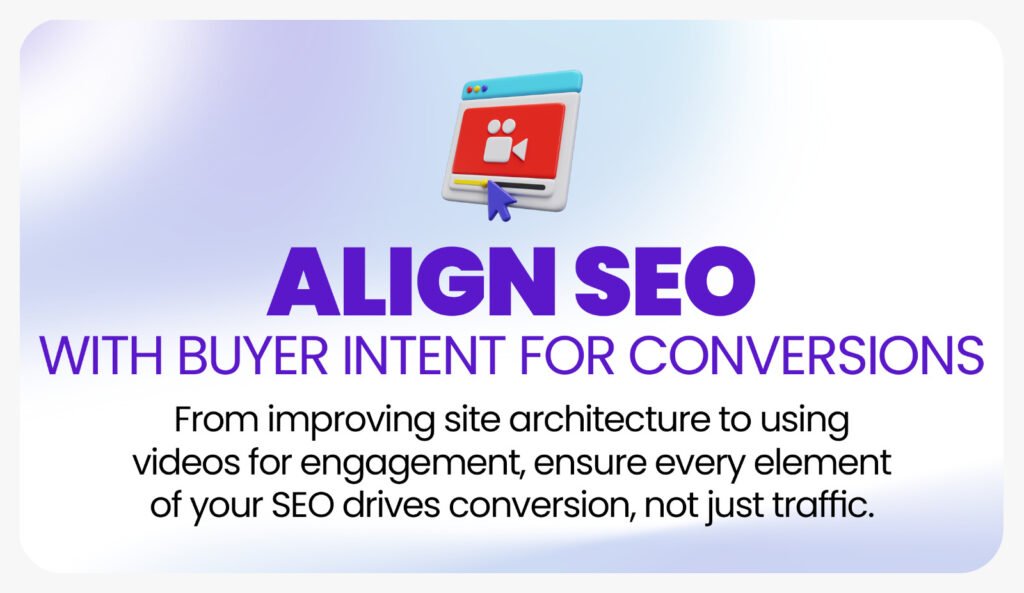
It’s remarkable to hear that not all keywords are the same when it comes to conversion. One particular factor for the achievement of the SEO strategy is understanding the relationship between your keyword set and the user intent. Users can visit your site for several purposes which include informational, navigational, and transactional purposes.
Leverage Low- or Zero-Volume Keywords
Many firms target the overused keywords thinking they will help them get clients, but they don’t aid in conversion. That’s why low or zero-volume keywords can be as, if not even more productive when it comes to the targeted traffic conversion. Although there are lesser numbers of searches for such keywords they can be very useful in attracting a quality audience.
Focus on High-Quality Content
The quality of your content, as most of you already know, affects your SEO rankings, and your conversion rates. Though it may be desirable to create as many articles as possible to conform to the requirements of search engines, it is highly possible to produce unnecessary quantities of ineffective content, which results in a high level of bounce rate and lost sales.
Build Authority with a Hub-and-Spoke Model
A hub-and-spoke scheme is perhaps one of the most effective SEO strategies that you can use to establish your authority in your market. The concept used here is to create one large H1 headed ‘Master’ page about a particular subject that includes multiple subtopics, and sub-H1 ‘Spoke’ pages with less general information about a particular subtopic.
Merge Similar Content to Avoid Duplication
Another way to reduce your chances at getting better results in SEO and sales conversion is to use copy content on your website. For instance, it will be difficult for search engines to place identical content, and your audience will also be lost.
Regularly Update Old Content
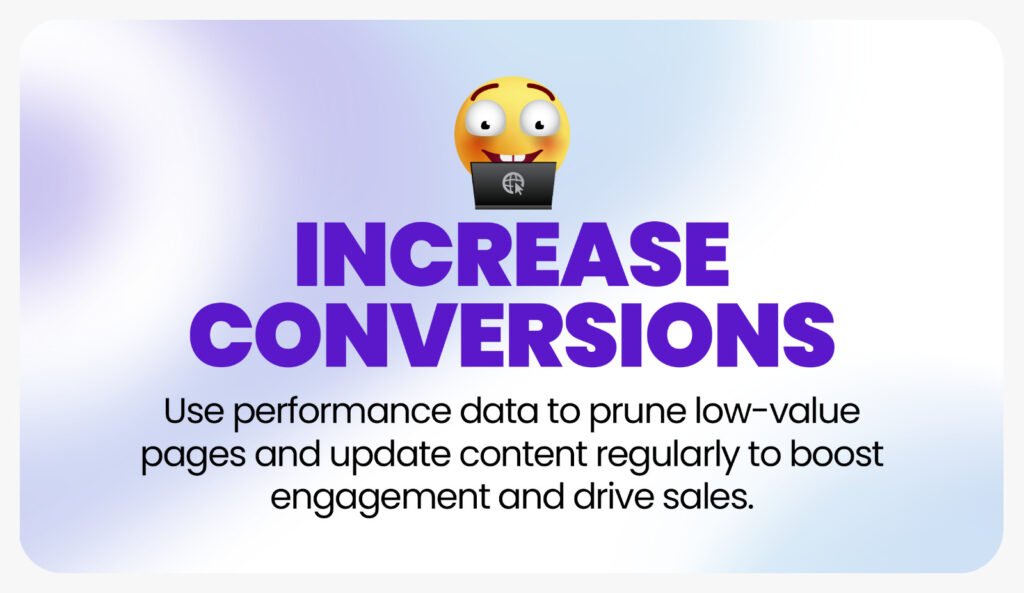
SEO is not a one-time effort. You could be receiving traffic to your site today but in future things may change dramatically. It simply means that old content can be refreshed, kept relevant, maintained good search engine visibility, and drive more conversions.
Use Videos to Enhance Engagement
Engaging and converting video content in SEO shows that videos have evolved to be part and parcel of optimization. Videos can be used to provide information about the products being sold, provide solutions, shed light on the benefits of using or purchasing products and services, information which all leads to the general improvement of the end users’ experience and therefore boosts sales.
Prune Low-Value Pages
Any page on your website doesn’t have the same value to your SEO success factors or consequences. Moreover, low-value pages put your entire website into a negative SEO status. Those that receive little or no visitors, contain low-quality content or contain outdated data may not benefit your audience or your business objectives.
Conclusion Bridging the Gap Between SEO Traffic and Sales
However, leading people by traffic is not the aim of SEO marketing; the ultimate task is to make people buy a brand’s products. It just makes sense to adjust your SEO strategy to match the intent of the people you are targeting; provide quality and relevant content and then make sure you run through your website systematically from time to time to upgrade on anything that needs to be updated in order to also upgrade on traffic as well as conversion rates.
SEO is not a static activity and which means that what can drive traffic is not necessarily the same that can drive sales. Ideally, businesses ought to concentrate on their target audience, relevance of their content, and relevance of their site to the best user who wants to purchase its product.






